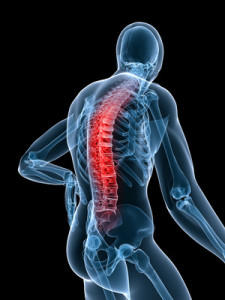Muscle Spasm
Muscle Spasm
Muscle Spasm, Natural Cure Doctor, Costa Mesa, Orange County, California, Dr. Robert Janda, Chiropractor, Natural Healing, Traditional Naturopath, Naturopathic Healing.
Muscle spasm can be broken into 2 classes – acute and chronic.
Acute Muscle Spasm
We are all familiar with muscle spasm associated with sprains and strains where the spasm is acting as a splinting mechanism to stabilize an injured area. Another common cause of spasm is organ inflammation due to congestion or infection. These reflexes between organs and the muscular system are called viscero-somatic reflexes. Usually they occur primarily in the torso or back, but they often trigger other reflexes in chain reactions into the extremities. We are all familiar with this in heart attacks which cause pain and spasm in the left arm and neck. Another common spasm reflex we see is mid-back spasm due to kidney irritation from food poisoning. All organs have similar spastic reflexes. There are many other causes of acute spasm such as allergy, nutritional deficiencies, nerve infections, psychological stress and subluxation, so a proper examination to determine it cause is in order.
 Chronic Muscle Spasm
Chronic Muscle Spasm
If a spasm is chronic this means it cause is also chronic. The same splinting mechanism we see in acute spasm also occurs in chronic spasm. Here the cause is more likely spinal degeneration. As the discs loose height from dehydration, microtrauma and growth hormone loss there is a slight instability that develops in the spine due to ligament laxity between vertebrae. The muscles in the back will then progressively tighten to stabilize the area. Chronically tight muscles slowly become fibrotic. This happens as the muscle tension squeezes the blood from the muscle causing a drop in oxygenation. This drop in oxygen triggers the fibroblasts (white blood cells that make fiber) to add fiber to the muscle making them stiff. The solution here is to rehabilitate the discs and reverse the muscle fibrosis with Active Release Technique, hot packs, electrical muscle stimulation, exercise and stretching. Usually spinal manipulation can play a roll also, particularly with the flexion traction table.
Other chronically tight muscles are postural. Short legs, scoliosis and other such problems also should be considered. Again a complete exam is in order.